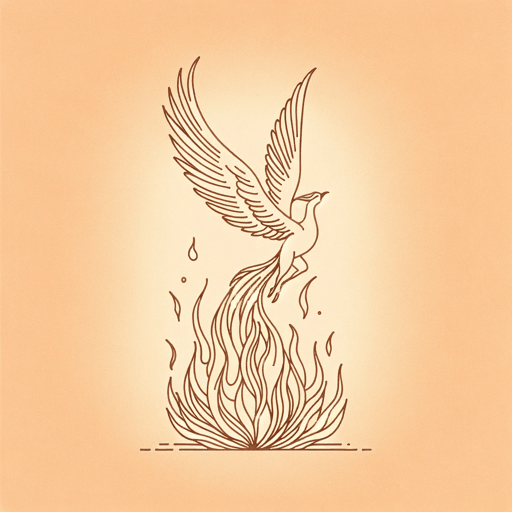82 pages • 2 hours read
C. S. LewisPrince Caspian
Fiction | Novel | Middle Grade | Published in 1951A modern alternative to SparkNotes and CliffsNotes, SuperSummary offers high-quality Study Guides with detailed chapter summaries and analysis of major themes, characters, and more. For select classroom titles, we also provide Teaching Guides with discussion and quiz questions to prompt student engagement.
Themes
The Process of Sin, Forgiveness, and Redemption
In keeping with the novel’s Christian premise, C. S. Lewis explores sin, forgiveness, and redemption throughout Prince Caspian. Christianity teaches that all people are fundamentally flawed, and for this reason, even the novel’s most sympathetic characters are fallible. For example, Trumpkin constantly dismisses the idea that Aslan exists and even mocks Trufflehunter and the Pevensie children for believing in him: In religious terms, he lacks faith. He also doubts that the Pevensie children could really be useful to Prince Caspian and the Old Narnians. However, Trumpkin’s willingness to admit his mistakes and work to correct them makes him redeemable. For example, he acknowledges that the Pevensie children are more skilled fighters than himself, saying, “My humble duty to your majesties all—humble duty” (1191).
In return, the Pevensie children are quick to forgive Trumpkin. This is the appropriate response, the novel suggests, not least because it mirrors God’s own mercifulness. Aslan, God’s incarnation in Narnia, easily forgives Trumpkin after setting him on the right course with a gentle shake: “Son of Earth, shall we be friends?” (1724). Lewis underscores the connection between God’s forgiveness and human compassion when 







Related Titles
By C. S. Lewis

A Grief Observed
C. S. Lewis

Mere Christianity
C. S. Lewis

Out of the Silent Planet
C. S. Lewis

Perelandra
C. S. Lewis

Surprised by Joy
C. S. Lewis

That Hideous Strength
C. S. Lewis

The Abolition of Man
C. S. Lewis

The Discarded Image
C. S. Lewis

The Four Loves
C. S. Lewis

The Great Divorce
C. S. Lewis

The Horse And His Boy
C. S. Lewis

The Last Battle
C. S. Lewis

The Lion, the Witch and the Wardrobe
C. S. Lewis

The Magician's Nephew
C. S. Lewis

The Problem of Pain
C. S. Lewis

The Screwtape Letters
C. S. Lewis

The Silver Chair
C. S. Lewis

The Voyage of the Dawn Treader
C. S. Lewis

Till We Have Faces
C. S. Lewis
